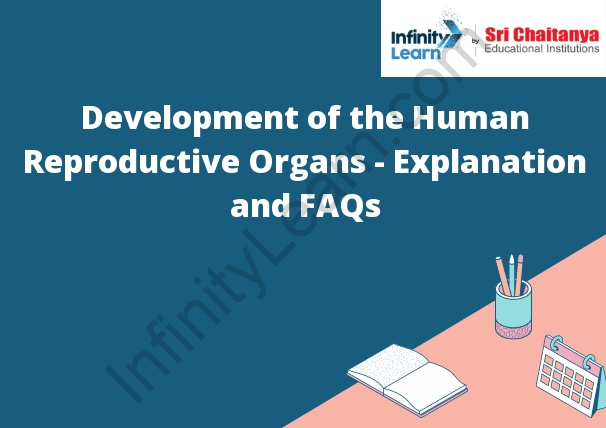Table of Contents
Development of the Reproductive Organs and Secondary Sex Characteristics
The reproductive organs and secondary sex characteristics are developed during puberty. The hypothalamus secretes gonadotropin-releasing hormone (GnRH), which stimulates the pituitary gland to release follicle-stimulating hormone (FSH) and luteinizing hormone (LH). FSH stimulates the production of eggs in the ovaries, and LH stimulates the production of testosterone in the testes.
The secondary sex characteristics are the physical features that distinguish the male and female sexes. In males, testosterone stimulates the development of muscle mass, facial hair, and a deep voice. In females, estrogen stimulates the development of breasts and hips.

Changes During Male Puberty
During puberty, boys undergo a number of changes as their bodies prepare for adulthood. Puberty typically begins between the ages of 10 and 14, and it lasts until around age 18. Boys experience a number of physical changes, as well as changes in emotions and behavior.
The most obvious physical change during puberty is the growth of the penis and testes. The penis grows in length and width, and the testes grow in size. Boys also experience a growth spurt, and they may gain weight and muscle mass.
The hormones that cause these changes also affect the boy’s emotions and behavior. He may become more aggressive and competitive, and he may have a stronger sex drive. He may also become more interested in girls and in sex.
The physical changes and the hormonal changes during puberty can be difficult for boys. They may feel self-conscious about their bodies, and they may feel overwhelmed by the new emotions and behaviors. It is important for boys to have a supportive environment during puberty, so they can cope with these changes.
Changes During Female Puberty
The Female Puberty is the process that leads to the development of sexual characteristics in girls. It usually begins between the ages of 8 and 13 and lasts for about 4 years. The process is controlled by hormones and it involves a series of physical and emotional changes.
The first physical change is the development of breasts. This is caused by the hormone estrogen, which starts to be produced in large amounts by the body. Other physical changes include the growth of pubic hair, the widening of the hips, and the development of an Adam’s apple.
The most important change during puberty is the development of the reproductive system. The ovaries start to produce eggs and the uterus starts to grow. Girls also start to produce the hormone testosterone, which causes the body to become more curvaceous.
Puberty is also a time of emotional changes. Girls become more interested in boys and start to think about sex. They may also experience mood swings and changes in their eating habits.
Sex Dimorphism
Sex Dimorphism is when there are physical differences between males and females of the same species. This can be in terms of size, shape, color, or behavior.
Physical and Behavioral Interaction
Physical interaction between two individuals can involve touching, hugging, kissing, or sexual activity. Touching can be a sign of affection or appreciation, or it can be used as a way to communicate a need or want. For example, a person might touch another person’s arm to get their attention. Hugging is a physical gesture of affection that often occurs when people meet after not seeing each other for a while. Kissing is a common way to show love or affection for someone. Sexual activity is a physical expression of love and intimacy that can involve kissing, touching, and intercourse.
Behavioral interaction between two individuals can involve communication of feelings, needs, or wants. Communication can be verbal or nonverbal. Verbal communication includes spoken words, while nonverbal communication includes body language, facial expressions, and gestures. For example, a person might say “I love you” to their partner, or they might express their love through a hug. Behavioral interaction can also involve mutual support and assistance. For example, a couple might help each other with household tasks or support each other through difficult times.
Hormone Changes and Growth
During puberty, the body undergoes many changes as it matures into an adult. One of the most notable changes is the increase in production of hormones, which triggers the growth of the adolescent’s sexual organs and the development of secondary sex characteristics. These hormones also stimulate the growth of the skeleton, muscles, and brain.








